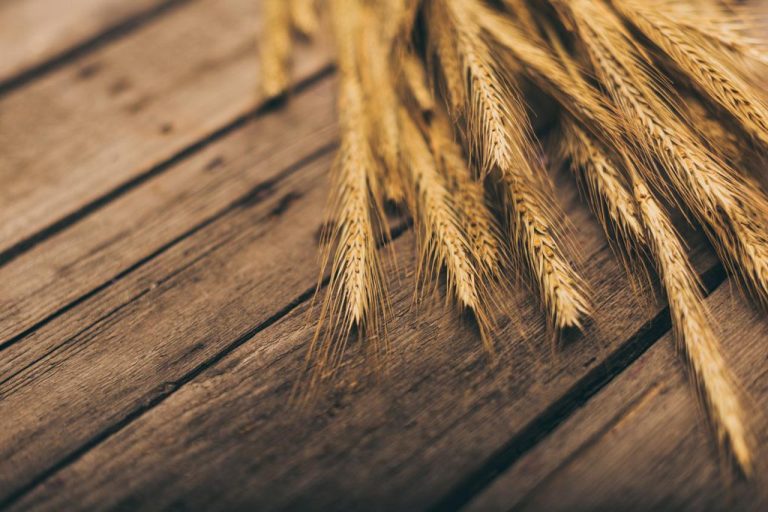Cadmium is a toxic heavy metal that is found in the environment and is also found in our food. We have summarized how dangerous cadmium in food is and what else you need to know here.
What is cadmium?
Cadmium is a chemical element that is highly toxic. It occurs in very small amounts in the earth’s crust, in weathered rock and is also formed during volcanic eruptions. It is mostly a by-product of the extraction of lead, copper and zinc. It is also formed when batteries are improperly disposed of and is used in the paint industry and for the production of pesticides and fertilizers.
The toxic heavy metal is therefore widespread and often unavoidable, as it has been accumulating in the soil for centuries. There it is hardly biodegradable and thus ends up in our food chain.
Which foods are particularly contaminated with cadmium?
Cadmium is taken up by plants from the soil and stored in their tissues. Rain or manual cleaning of the plants can therefore not reduce the cadmium load. These plants are processed into animal feed (e.g. soya) or get straight from the field to our plates (e.g. grain).
Particularly contaminated with cadmium are:
Seafood,
Offal,
wild mushrooms,
oilseeds,
Wheat,
Potatoes,
Leafy vegetables.
Other cereals and vegetables are also contaminated, but not as badly. Because wheat products and potatoes in particular are staple foods, many people reach the daily tolerable amount of cadmium. And that, although the intestines only
Maximum dose of cadmium per week
The European Food Safety Authority (EFSA
According to the Federal Ministry for the Environment, although the cadmium load in Germany is high, it is well below the toxicologically tolerated intake level of the EFSA. On average, we take in around 1.5 µg of cadmium per kilogram of body weight per week through food. Vegetarians get around 1.8 µg of cadmium per kilogram of body weight because they eat more grains and other plant-based foods. Smokers also have a higher intake of cadmium, since 50% of the cadmium contained in tobacco is ingested by humans.
Risks and dangers of cadmium
Cadmium is a toxic heavy metal. Chronically high exposure to cadmium can lead to kidney failure and demineralization of the bones (osteoporosis). As early as 1993, the International Agency for Research on Cancer (IARC) classified cadmium as a human carcinogen for lung cancer.
US researchers have shown in a study that cadmium accelerates the aging of body cells and thus increases the risk of various diseases, including diabetes and cardiovascular problems.
Reduce your own cadmium intake
To a small extent, you can ensure that you absorb less cadmium through food:
If you choose food from controlled organic farming, you reduce the cadmium intake somewhat. A study has shown that organically grown grain contains less cadmium. This is partly because mineral fertilizers are not used in organic farming. According to the Federal Environment Agency, phosphorus fertilizers from conventional agriculture can contain high amounts of cadmium.
Also, make sure you’re getting enough iron and calcium. Because if there is a deficiency, the body releases more cadmium from the food, say doctors.
In the long run, however, only reducing the cadmium in nature helps. This means that, for example, the cadmium content in fertilizers is reduced and old batteries and accumulators are disposed of properly.

